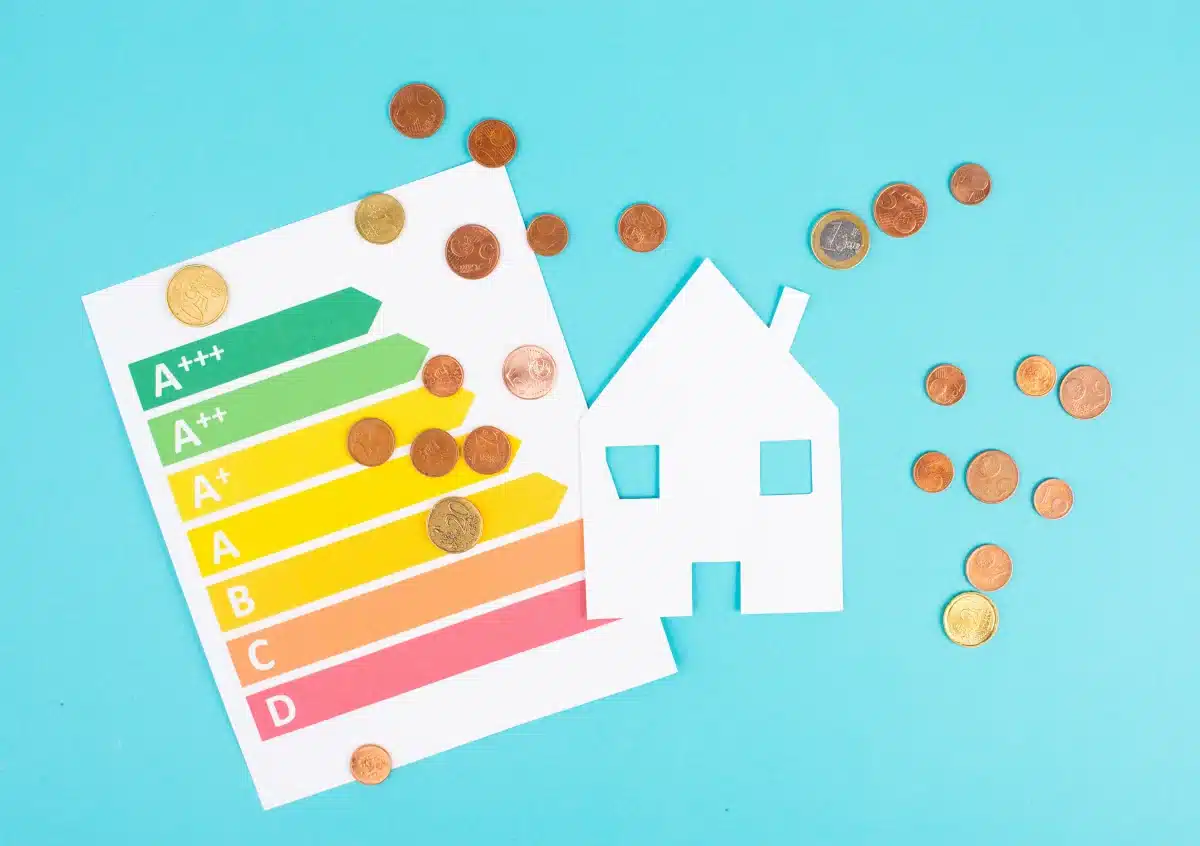
Get an Efficient Heating System for Your Home
Switching to a heat pump can feel overwhelming. With so many models, features, and SEER ratings, it’s easy to get lost. This guide will simplify SEER ratings for heat pumps, empowering you to make smart decisions for your home’s heating and cooling needs.
What is SEER and Why Does It Matter for My Heat Pump?
SEER stands for Seasonal Energy Efficiency Ratio. It measures a heat pump’s cooling efficiency, showing how much cooling it generates per watt of electricity.
Understanding SEER ratings for heat pumps is fundamental when choosing a heating system. Think of SEER like miles per gallon for your car. A higher SEER rating means greater energy efficiency, leading to lower energy bills and cost savings.
Decoding SEER Ratings for Heat Pumps
Heat pump SEER ratings typically range from 13 to 28, set by federal standards that vary by region. While ratings used to top out in the low 20s, advancements in heat pump technology have pushed these limits higher.
Carrier even announced a 42 SEER mini-split in 2018, showcasing the industry’s push for enhanced efficiency. High-efficiency models often earn an Energy Star label, requiring them to meet specific SEER and EER standards.
How SEER Ratings Impact Your Wallet
A client once struggled with sky-high energy bills due to their old, low-SEER heat pump. Upgrading to a higher SEER unit drastically reduced their energy consumption and costs.
Replacing a heat pump over ten years old can save 20% to 40% on annual energy costs. Another homeowner’s outdated system struggled to maintain comfortable temperatures. A recent upgrade during the summer resolved these issues, illustrating the combined benefits of efficiency and improved performance. Even upgrading from a 13 SEER to a 20 SEER heat pump can result in significant long-term savings.
For instance, in Baltimore, Maryland, where electricity costs are substantial, a homeowner could save approximately $143 annually by switching to a 20 SEER unit operating around 1,100 hours per year and realizing an efficiency gain of 35%. Savings vary, of course, based on usage patterns, electricity rates, climate conditions, and heat pump sizing.
Remember, energy costs usually increase, so investing in higher energy efficiency becomes even more important for financial reasons over the lifetime of your heat pump. Selecting a heat pump with enhanced features can minimize expensive problems by choosing a highly energy-efficient model, while also factoring in variables specific to your needs.
Beyond SEER: Other Factors to Consider
While SEER is essential, consider other factors too. Regional climate plays a big role, as heat pumps excel in mild climates but may need supplemental heat in colder regions below 25 degrees Fahrenheit.
Proper sizing is crucial. An incorrectly sized heat pump won’t operate efficiently. Other elements affecting performance include refrigerant levels, ductwork quality, and humidity. It’s helpful to learn more about how heat pumps work, how they’re sized, and potential issues affecting heat pumps to prevent future costly problems.
Electric heat pump systems offer numerous environmental and economic advantages. Learn how heat pumps work and use electricity for cooling, along with important aspects about Energy Star requirements, since Energy Star heat pumps are frequently much more efficient than older conventional heating and cooling systems. Explore potential rebates and financial incentives for replacing existing HVAC systems and check your heat pump system information.
Finding the Right SEER for You
Before choosing a heat pump, consider your area’s SEER requirements. Consult an HVAC technician for sizing and installation advice. Compare quotes from multiple contractors to make an informed decision.
Picking the right SEER might seem complex at first. Research saves money in the long run by avoiding inefficient systems and ensuring cost-effective performance over time. Focusing on SEER ratings for heat pumps when considering upgrading an HVAC system or installing a brand new one can be an investment in lower operating costs for years to come.
Conclusion
Understanding SEER ratings for heat pumps is key to choosing a cost-effective heating system for your home. While SEER helps compare efficiency, other factors like climate and installation quality also matter.
Researching these factors and getting professional guidance ensures a system optimized for your specific needs. By considering these things, you’ll have the essential tools and resources to find the best HVAC systems and replacements for maximum energy efficiency, reduced energy usage, and long-term cost effectiveness.
Contact us today for more information or to schedule a free consultation.



